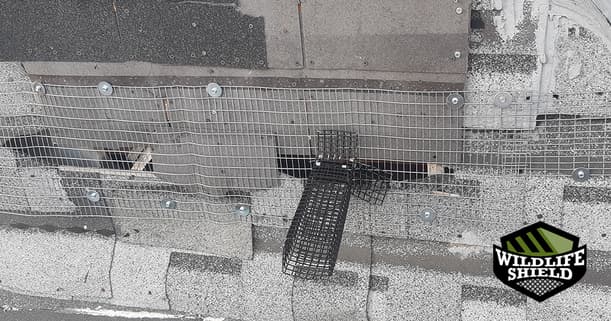The initial call to the property was for mice in the house as well as squirrels in the attic in a 3-floor house in Toronto. The house was over 20 feet tall and more than two stories so a second technician was needed to do the wildlife work for insurance purposes. This can be needed in any situation where the access point is higher than two stories. Tall chimneys often need this fee. The purpose f the second technician is to hold the ladder for safety. Both the squirrel and the mice were found to be inside the attic. Since the attic has no entryways a hole would need to be cut in the roof to complete the mouse treatment. Squirrels are common in Toronto, black and brown squirrels are more likely to break into your attic but Gray squirrels can as well.
Call Squirrel Control for all your wildlife needs!
Exterior Inspection
The initial inspection of the exterior revealed multiple open and accessible access points from wall vents to open areas in the roof. The openings were plentiful and the squirrel likely did not have to do any damage at all to the roof in order to get inside. The second man helped the technician reach the third-floor roof where most of these entryways were found. Missing shingles, holes in the roof and open wall vents were found to name a few. These areas all must be sealed or the squirrel will not vacate.

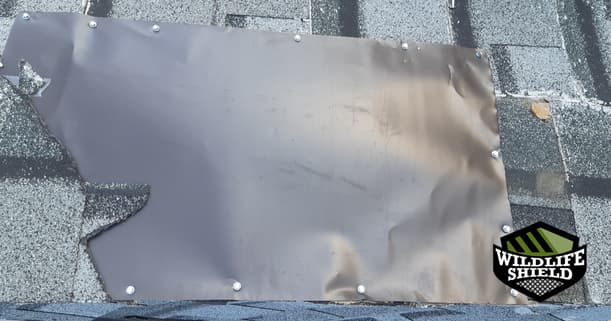
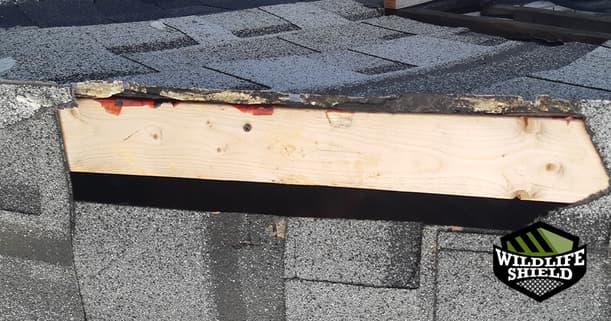
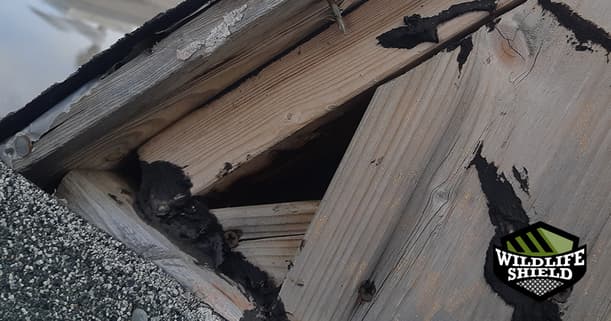
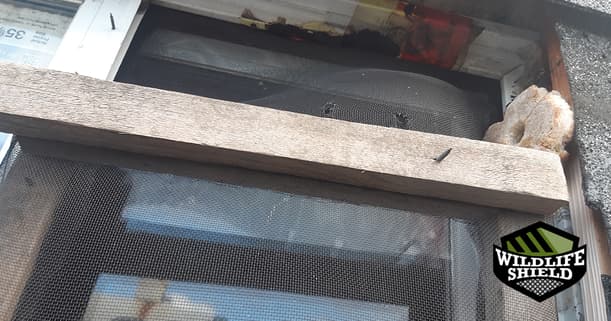

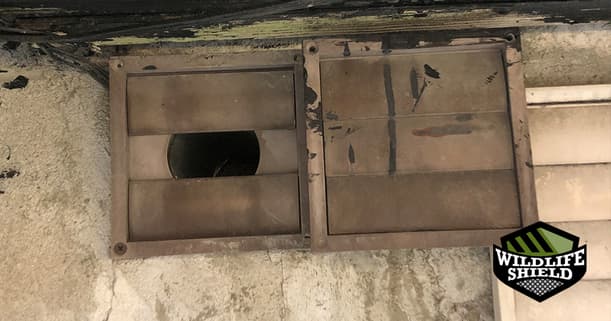
Interior inspection
The interior inspection of the house found very little activity. The attic was the main area of high activity for the mice and the squirrel but was not accessible from inside of the house. This meant that a hole would need to be cut in the roof in order to treat the mice. The squirrel did not need an interior inspection to evict from the attic as a one-way door was implemented. This device allows the wild animal to vacate humanely and on their own terms. Once realizing they have been locked out they tend to move on from the property.
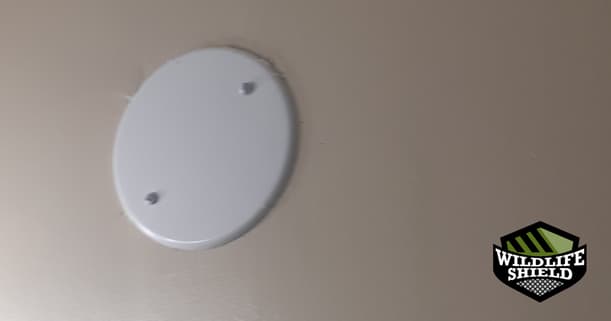
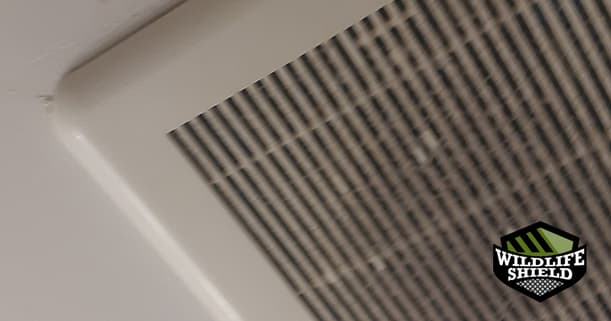
Initial Measures
The initial measures taken by the technician included sealing off the open areas the squirrel could access, if a one was door was attached without sealing off the other areas the squirrel will not need to vacate. The mouse treatment was done through an opening in the roof and both the mouse infestation and the squirrel were dealt with. The squirrel humanely vacated and the mice exterminated using commercial grade rodenticide in tamper-proof bait stations. Rodenticides like first strike and warfarin are made of a dangerous fungus that can inhibit vitamin k in a mammal’s body. This causes internal bleeding and dehydration to the point of desiccation.
Proposed exclusion
The proposed exclusion by the technician was to seal off the open areas of the roof where no wood or shingles were present to exclude attic access. These areas were all sealed off using waterproof galvanized steel mesh and a one-way door was installed. This type of one-way door is known as a gravity door but can also be spring-loaded to make reentry more difficult. The squirrel has no ability to manipulate the door, once they leave the door, a flat strip of black rubber-coated galvanized steel lifts on hinges. The squirrel’s exit and the door falls to the bottom of the tunnel, also made of galvanized rubber-coated steel mesh. This prevents re-entry with nothing more than the strength of gravity. Sir Isaac Newton would be very proud.
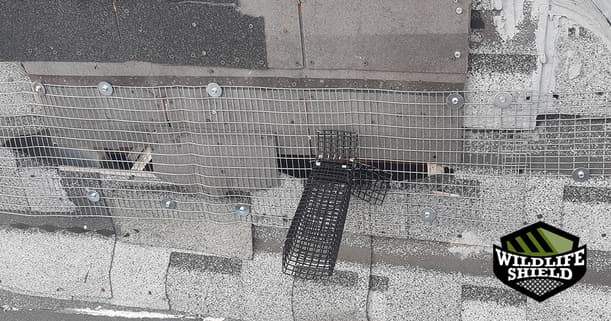

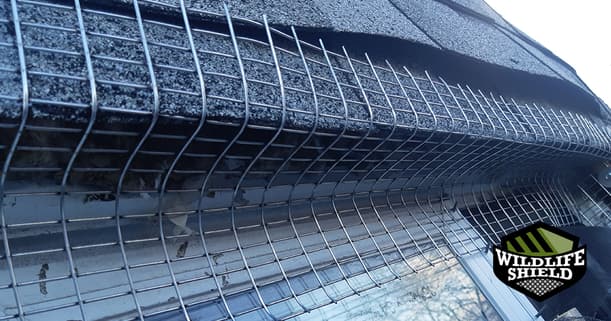
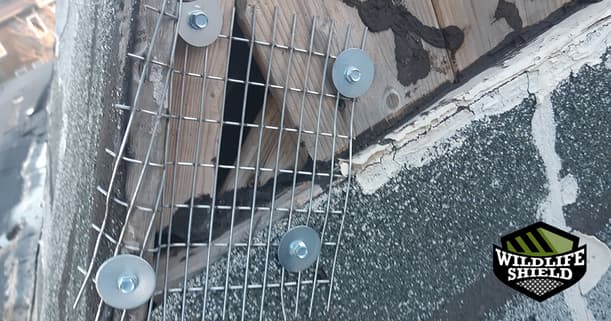
Conclusion
In conclusion, the mice were treated and the squirrel was successfully vacated. The areas that were sealed have not been penetrated and the customers are pleased with the work. If you ever have rodents in your home or wildlife in your attic do not try dealing with it on your own. Call a professional who can help you with commercial grade poisons and industrial grade materials to get rid of anything.
